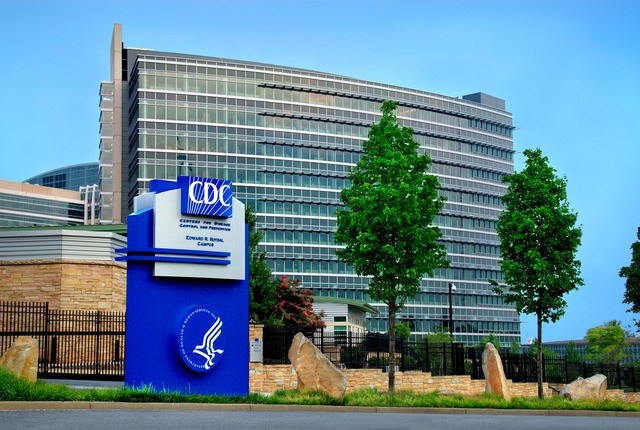A growing number of U.S. states are grappling with a significant surge in COVID-19 infections, as revealed by the latest wastewater data from the Centers for Disease Control and Prevention (CDC). Currently, 27 states are experiencing "very high" levels of viral activity, while 17 others are reporting "high" levels. The western region of the country is particularly hard-hit, followed closely by the South, Midwest, and Northeast, highlighting a worrying trend of escalating virus transmission nationwide.
The sharp increase in viral activity comes as the nation approaches the fall season, a time traditionally marked by a rise in respiratory illnesses. Though current levels are nearing those seen in the winter months, they remain slightly lower. Nonetheless, the spread of the virus has prompted concern among health officials, especially as the new school year begins and millions of children return to classrooms.
The CDC's wastewater data, which monitors the presence of the virus in community sewage systems, has emerged as a critical tool in tracking the spread of COVID-19. While it has its limitations in fully representing the spread of the virus within a community, experts assert that it has become an indispensable resource as traditional surveillance systems have scaled back. "While wastewater is not a perfect measure, it's increasingly vital in filling the gaps left by the absence of comprehensive case reporting and hospitalization data," said Dr. John Brownstein, an epidemiologist and chief innovation officer at Boston Children's Hospital.
The data also coincides with an uptick in other COVID-19 surveillance indicators, such as emergency department visits and test positivity rates. Despite these rising metrics, deaths from the virus have remained relatively stable compared to previous years. However, the increasing transmission rates have raised alarms, particularly as the U.S. Food and Drug Administration (FDA) prepares to release updated COVID-19 vaccines this fall.
Federal health authorities have advised vaccine manufacturers to formulate new shots targeting the KP.2 strain, a subvariant of the omicron variant that is currently responsible for approximately 6% of cases. Genetically similar variants, KP.3.1.1 and KP.3, now account for nearly half of the estimated cases, according to the CDC. The updated vaccines are expected to be a crucial tool in mitigating the spread of the virus as the country faces this latest surge.
In North Carolina, for instance, the situation is particularly dire. The state is among those with "very high" levels of COVID-19 in wastewater, raising concerns as schools prepare to reopen. Federal health officials have issued guidance for parents and educators, emphasizing the importance of hand hygiene, staying home when sick, and ensuring that children and adults are properly vaccinated. These measures are seen as essential in preventing further outbreaks within school communities.
The nationwide surge in COVID-19 cases is reminiscent of the previous two summers, with the CDC warning that this summer's levels could surpass those of the past. As of now, more than half of the U.S. states are reporting elevated levels of viral activity, with the western region experiencing the highest concentration of cases.
The CDC's wastewater data provides a stark reminder of the ongoing challenges posed by COVID-19. As the country navigates this latest wave of infections, the importance of vaccination and preventive measures cannot be overstated. "As traditional surveillance systems have dwindled, wastewater analysis has emerged as one of the most reliable tools we have to monitor COVID-19 activity in communities," Dr. Brownstein emphasized.
Looking ahead, the release of the updated COVID-19 vaccines will be closely watched. While an exact delivery date has not been announced, vaccine manufacturers have indicated that they are ready to ship doses as soon as they receive authorization from the FDA. In previous years, vaccines have typically been made available in late August or September, and this year's rollout is expected to follow a similar timeline.






